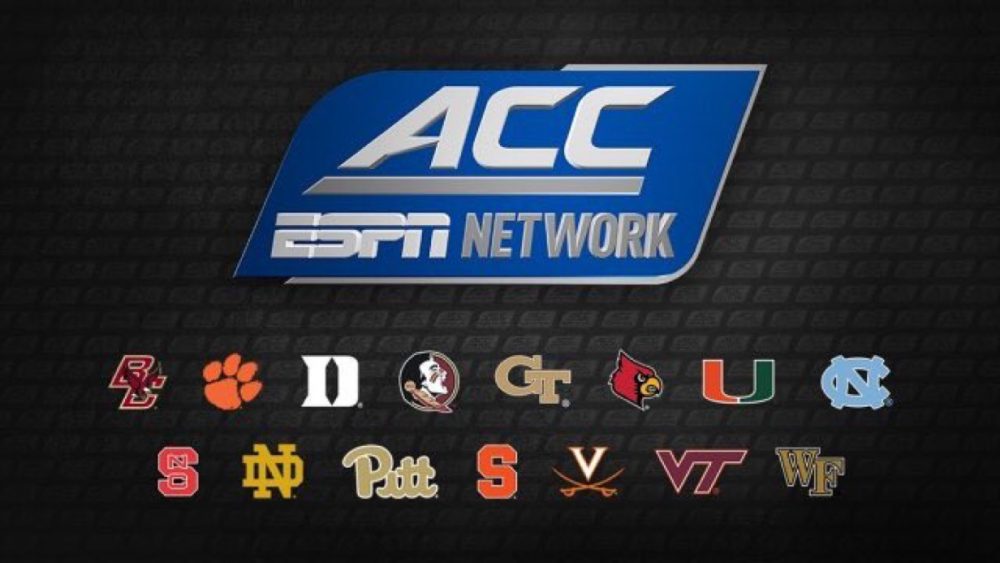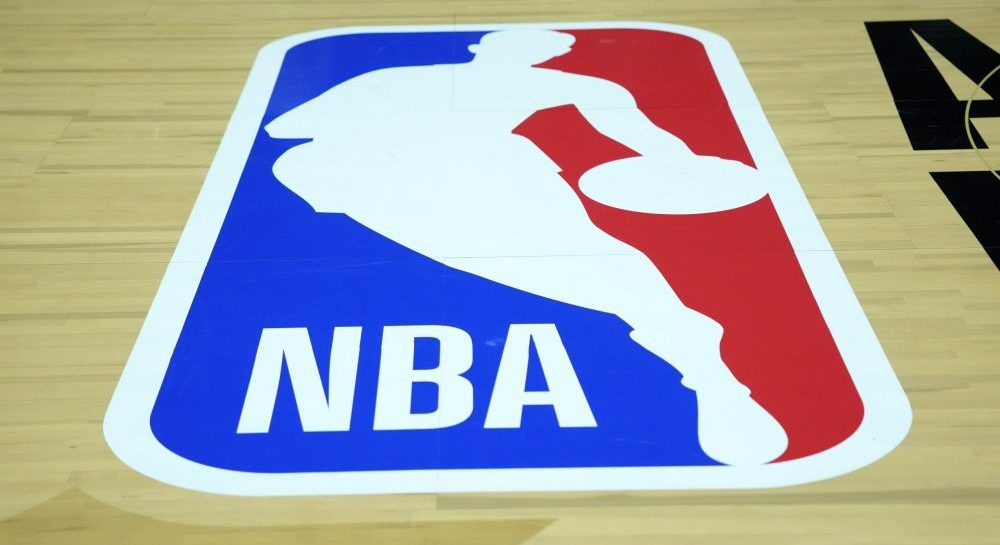ESPN and the Atlantic Coast Conference are still gearing up to launch the ACC Network as a linear channel next year (it already exists as a digital brand), but that’s going to be expensive. At Sports Business Journal, Michael Smith dove into the ACC schools’ preparations for the network launch, which are now expected to cost $6 to $10 million per school (up from the $5 to $7 million reported last summer) and $110 to $120 million overall, four times what SEC schools spent ahead of the 2014 SEC Network launch. That launch saw some schools like Arkansas spend up to $7 million, but others like Florida spend less than a million. So why are things so expensive for the ACC?
Well, many of those costs are about higher requirements at launch. Schools are expected to be capable of producing multiple linear-quality broadcasts at once, in addition to digital broadcasts and videoboard content. Each school will have four to five control rooms, with at least two with linear capabilities, and there are plenty of further costs out there, ranging from $100,000 for a camera platform to $1 million to run fiber-optic cable from the venues to the control rooms. Oh, and at some schools like North Carolina, there are major construction or renovation costs (around $4 million in the Tar Heels’ case) just to get suitable space for these control rooms.
And that’s to say nothing of the workforce needed. For example, Virginia Tech has already hired operations manager Eric Frey and chief engineer Sam Jones from Arkansas given their experience with the SEC Network. And schools are all putting together staffs of students who can handle production duties, with some of those staffs including up to 60 people. So that all adds up. It’s not the same cost for every school, as some already had more advanced production facilities and some are choosing to invest more than others, but it’s a hefty cost; Smith notes that Georgia Tech, North Carolina, Notre Dame (which competes in the ACC in most sports, but not football and hockey) and Virginia Tech are all expected to spend around $10 million, and in Virginia Tech’s case, that’s a 40 to 100 percent jump over the $5-7 million they’d initially planned on. There are some interesting quotes in Smith’s piece on that front:
Angie Littlejohn, Virginia Tech’s senior associate athletic director for internal operations, is responsible for managing those costs.
“They make changes, they make additions, and you’re always playing catch-up,” Littlejohn said of ESPN’s requests to improve live-event production. “Some of the schools are feeling the pressure. It’s tough to keep up.”
Still, she added, “One of the things we kept hearing from the SEC was that they wish they’d invested more money on the front end instead of going back every year for another million to fix something.”
And that is part of the argument for this way of doing things. Many of the SEC schools came into the SEC Network launch with only the capability for lower-quality digital broadcasts, with some broadcasts only involving a single camera and the radio feed. For events on the linear channel, ESPN often had to bring in a production truck of its own. And Frey told Smith some SEC schools are only reaching linear standards now, and wound up with some further complications thanks to a slow buildout over time; by contrast, three to four ACC schools are already at linear standards with others coming soon, and there’s still plenty of time left before the launch. So this will certainly be higher-quality from the start, and it may save the schools money down the road.
But a big question is just how successful the ACC Network will actually be. In an era where there are plenty of distribution challenges for league networks, even well-established ones like the Big Ten Network, launching a new channel is an unconventional move. (Presuming that this will actually be a new channel and not just a rebrand of one of the smaller ESPN networks, of course.) And while ESPN has major advantages over, say, the Pac-12, thanks to their ability to bundle this with access to their other content, it’s still not an easy environment to launch a network into.
If the reported internal revenue projections of a per-school distribution of $10-$15 million per year (for what it’s worth, ACC commissioner John Swofford insists the conference is actually more conservative than that) come true, schools will make back these startup costs quickly. But if they wind up with distribution challenges and/or fewer viewers than expected, there may be more questions asked about the strategy of spending so much in preparation for this launch.






